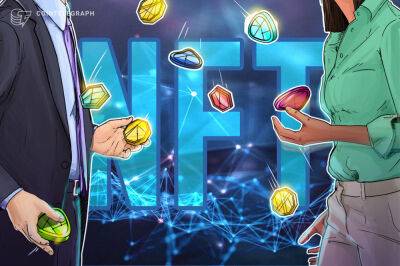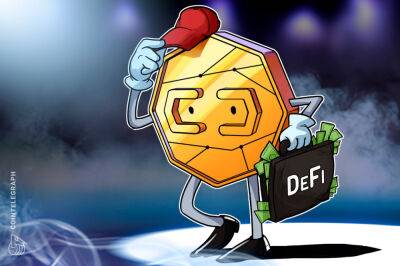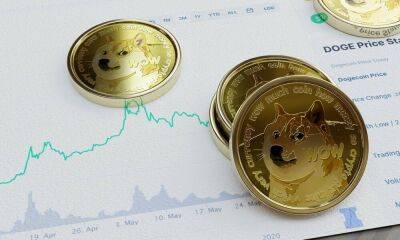Liquidity has driven DeFi’s growth to date, so what’s the future outlook?
In mid-February 2020, the total value locked within decentralized finance (DeFi) applications first exceeded $1 billion. Fueled by the DeFi summer of 2020, it wouldn’t even take a year before it multiplied 20-fold to reach $20 billion and only another ten months to reach $200 billion. Given the pace of growth so far, it doesn’t seem outlandish to imagine the DeFi markets hitting a trillion dollars within another year or two.
We can attribute this monumental growth to one thing — liquidity. Looking back, DeFi’s expansion can be defined in three eras, each representing another significant development in removing barriers to liquidity and making the markets more attractive and efficient to participants.
DeFi protocols existed prior to 2020, but they suffered somewhat from a “chicken and egg” problem when it came to liquidity. Theoretically, someone could provide liquidity to a lending or swap pool. Still, there aren’t enough incentives for liquidity providers until there’s a critical mass of liquidity to attract traders or borrowers who will pay fees or interest.
Compound was the first to crack this problem in 2020 when it introduced the concept of farming protocol tokens. In addition to interest from borrowers, lenders on Compound could also earn COMP token rewards, providing an incentive from the second they deposited their funds.
It proved to be a starting pistol for the DeFi summer. SushiSwap’s “vampire attack” on Uniswap provided further inspiration for project founders, who began using their own tokens to incentivize on-chain liquidity, kicking off the yield farming craze in earnest.
Related: Liquidity mining is booming — Will it last, or will it bust?
So, that was DeFi 1.0, approximately the era that took us from $1
Read more on cointelegraph.com
























